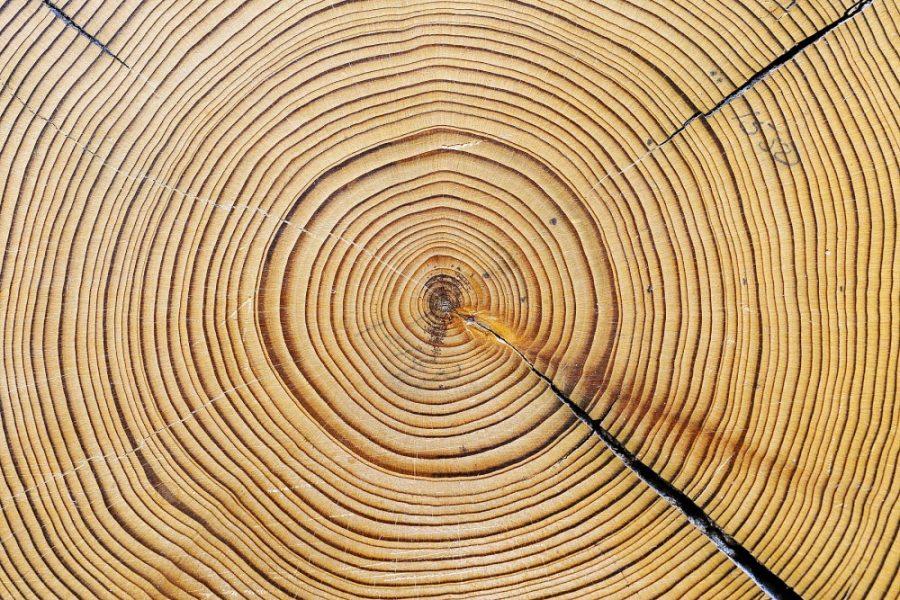A new study led by the University of Arizona shows that poplar trees can be altered to produce better air quality by removing isoprene, a gas that damages air quality.
Russell K. Monson, professor for the department of ecology and evolutionary biology and Laboratory of Tree-Ring Research at UA explained the modification.
“We engineered the process by which cells translate genes into proteins by constructing a molecule that neutralizes the messengers that carry the genetic code to the protein-synthesizing machinery of the cell,” Monson said in an email. “We then used a bacterium that is specialized for infecting plant cells to transfer our engineered molecule into some cells isolated from poplar trees.”
Monson also said when they were certain that the infection had been transferred into the molecule, they cultured the infected cells and they grew and differentiated into a new tree, “but in this case with the isoprene emission trait neutralized.”
After the infected cells developed into a new tree, the modified tree growth was tested at both Biosphere 2 in Arizona and experimental tree plantations in Oregon. The researchers repressed isoprene emissions from the poplar trees by using a technology that’s specifically used for genetically-modifying these trees called Ribonucleic Acid Inhibition (RNAi).
“Genetically engineered test trees were made in my laboratory, studied there for gene activity, and we planted and managed one of my university’s field trials at my field plots in Oregon (Oregon State Univ),” said Steve Strauss, professor of forest biotechnology at Oregon State University and co-writer of the study.
RELATED: Formaldehyde is top air pollutant in South Tucson, according to EPA’s outdated data
According to Strauss, the study shows a way to lower pollution impacts from energy and shade trees to cut urban and geographical pollution down, but biotechnology use limitations make it difficult to instrument in the real world.
The research study faced a challenge, RNAi poplar lines originated from Germany, researchers weren’t allowed to use lines from outside the country.
“We had to support the visit of a German post-doc to Corvallis, Oregon to work with Professor Steve Strauss to reproduce the RNAi lines in a US laboratory under US health and safety regulations,” Monson said.
The innovative technology used for the study took researchers several years to prepare for the poplar samples.
Poplar trees were chosen for this study because of their ability to grow rapidly, genetically modify and for their emission of isoprene which has the potential to harm the environment.
The trees were studied for four years. They measured the tree’s development and the changes in metabolism that resulted in the loss of the trees trait of isoprene emissions.
Monson explained the impact the study can have:
“If the use of poplar plantations is expanded in temperate climate zones, it is likely that they will be placed near to urban or suburban communities. The mixing of plantation air with urban/suburban air has the potential to create ozone, important greenhouse gas and primary pollutant affecting air quality. Our study makes it clear that there are alternatives to these impacts if genetic modification of trees is permitted and utilized” Monson said.
The results of the study directly relate to other tree species like oil palms and eucalyptus that emit isoprene.
Follow Gabriella Cobian on Twitter
—-
Steve Strauss / Professor, Oregon State University / Cell 541 760 7357
Steve.Strauss@oregonstate.edu
Email interview
Pronouns he/him/his
Russell K. Monson
Professor
Department of Ecology and Evolutionary Biology and
Laboratory of Tree-Ring Research
russmonson@email.arizona.edu
Email Interview
Pronouns he/him/his















